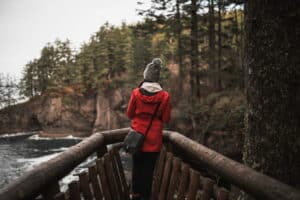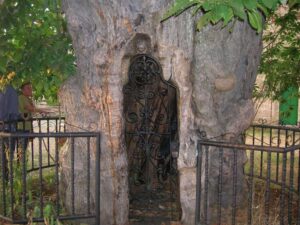
There are moments when, in the middle of an endless uphill stretch, in the rain, or with your legs heavy after miles of walking, a tempting thought arises: give up. Thinking about quitting during the Camino de Santiago is more common than it seems. It doesn’t matter how many tips you’ve received; when physical exhaustion combines with mental fatigue, it’s easy to feel like the journey is too much to handle.
This is not a test of endurance or a competition. It’s a deeply personal experience that everyone experiences at their own pace, with their own motivations, expectations, and challenges. Those walking the Camino for the first time often face doubts, physical discomfort, and moments of loneliness that, if not properly managed, can lead to throwing in the towel before reaching the goal.
But giving up doesn’t have to be an inevitable option. There are strategies, small daily decisions, and practical approaches that can make the difference between quitting or pushing on, even when everything seems to be going uphill.
In this article, we’ll explore specific tips—many of them tailored to the different Camino routes—that will help you stay motivated, look after your body, and find reasons to keep going, step by step.
Índice de contenidos
- 1 Understanding why people give up: the most common breaking points
- 2 Choosing the right route: key to avoiding giving up
- 2.0.1 Camino from Sarria: the classic for reaching Santiago without surprises
- 2.0.2 Camino Portugués from Tui: accessible, beautiful, and very rewarding
- 2.0.3 Camino del Norte from Ribadeo: motivation through landscape
- 2.0.4 Camino de Santiago from Bilbao: for those seeking variety
- 2.0.5 The English Way: Compact, Direct, and with Character
- 3 Prepare Your Body and Mind, Not Just Your Backpack
Understanding why people give up: the most common breaking points
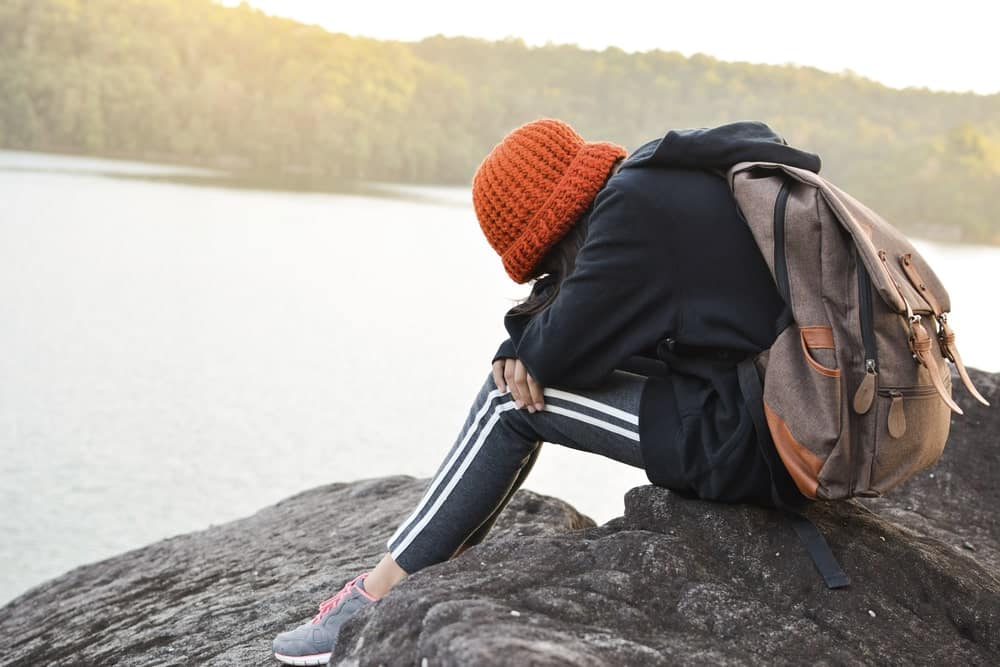
Giving up is not usually a sudden decision. In most cases, it is the result of a series of factors that accumulate without one realising. Identifying these breaking points before they arise is key to preventing them and moving forward with confidence.
- The accumulated physical wear and tear is one of the main reasons. Although the body may respond well at first, after three or four consecutive days of walking, it’s common to start feeling discomfort. Blisters, muscle pain, or even a simple abrasion that hasn’t been properly treated can become obstacles far bigger than any mountain.
Many pilgrims underestimate the harshness of walking with a backpack for several hours a day, and this ultimately takes its toll.
- Another decisive factor is mental exhaustion. The prolonged silence, the daily routine, and the disconnection from the familiar can be difficult to bear. For those used to the constant noise of everyday life, facing long stretches of solitude can create a sense of emptiness or discouragement.
- Unrealistic expectations also play a significant role. Some start the adventure with an idealised vision, imagining a smooth and trouble-free journey. When they encounter unexpected challenges (for example, a tougher stage than expected or a night with little sleep), an emotional clash can occur, which undermines motivation.
- We must also consider the logistical issues. Not being clear about the route, struggling to find accommodation, carrying an inadequate backpack, or not knowing how much to eat at each stage are common mistakes that lead to discomfort, frustration, and sometimes, abandonment.
This is why it’s important to seek the assistance of a Camino Santiago travel agency. In addition to helping with logistics, they can provide advice regarding each stage of the chosen route.
- And lastly, something as simple as not asking for help. There are pilgrims who, out of pride or ignorance, do not communicate how they feel or what they need. This isolates them and multiplies their difficulties when, in reality, the Camino is full of people willing to lend a hand.
Knowing these points will help you prepare better for when they arise. Because yes, they probably will. But if you know how to recognise them in time, you will have many more tools to overcome them and keep walking towards Santiago.
Choosing the right route: key to avoiding giving up
Not all Camino routes are the same. Although they all lead to the same destination, the experience can change radically depending on the itinerary you choose. And when it comes to avoiding giving up, choosing the right route can make the difference between enjoying every step… or being overwhelmed just days after starting the pilgrimage.
Below, we’ll show you some of the best options for those starting out on this adventure. Each one has its own advantages, whether it’s the comfort of the terrain, the beauty of the surroundings, or the proximity of services that make daily life for pilgrims easier.
Camino from Sarria: the classic for reaching Santiago without surprises
One of the most popular routes for first-time pilgrims is the one that starts in Sarria.
Why? Because it allows you to walk the final 100 kilometres required to obtain the Compostela, on a route that combines ease of access, manageable stages, and a very well-developed network of services. Additionally, the signage is excellent, and the distances between villages allow for stress-free planning.
Being a very busy option, it offers constant companionship —ideal for those who fear solitude— and a sense of community that provides comfort in the toughest moments. While it can get a bit crowded during high season, its popularity is understandable: it’s a safe and emotionally enriching way to reach Santiago.
Camino Portugués from Tui: accessible, beautiful, and very rewarding
If it’s your first time, starting with the Camino Portugués from Tui could be a very wise choice. It’s a comfortable route with good paths and moderate stages that don’t require intense physical preparation. Additionally, it has excellent infrastructure.
The landscape is green and welcoming, with charming villages and a spirituality that feels present without being overwhelming. Many pilgrims choose it precisely because it allows them to enjoy the journey without feeling overwhelmed.
Camino del Norte from Ribadeo: motivation through landscape
For those looking for a more natural experience and who need visual stimuli to stay motivated, the Camino del Norte from Ribadeo is a great option. Here, the Cantabrian Sea accompanies
you for several stages, offering stunning views, fresh breezes, and sunsets that bring comfort even on the hardest days.
That said, the last stretch of the Camino del Norte is a bit more physically demanding. The uphill and downhill sections are present from the beginning, but the landscape helps compensate for the effort. Ideal for those who draw strength from the beauty of the surroundings.
Camino de Santiago from Bilbao: for those seeking variety
If you’re looking for a more complete experience, combining both rural and urban elements, the Camino de Santiago from Bilbao to Santander could be an inspiring choice. This route passes through cultural areas, historic cities, fishing ports, and natural environments alternating between sea and mountain.
It’s a perfect option for those who need variety to avoid disconnecting. Additionally, starting in Bilbao offers simple logistics and direct access from many cities. And if one day you need a break or want to adjust your stage, services and options will be readily available. Also, we remind you that it is possible to do the Camino de Santiago in stages.
The English Way: Compact, Direct, and with Character
The English Way is a fantastic alternative for those who don’t have many days or prefer to start with a shorter experience. This route offers a journey that combines tranquillity and a steady pace, ideal for those who don’t want to overexert their bodies. Its stages are shorter, but they include moderate elevation changes that allow you to train progressively without reaching exhaustion.
Its less crowded profile makes it a more introspective route, perfect for people who value calmness and connection with their surroundings. Moreover, its average duration—between 5 and 7 days—makes it very manageable both physically and mentally.
Prepare Your Body and Mind, Not Just Your Backpack
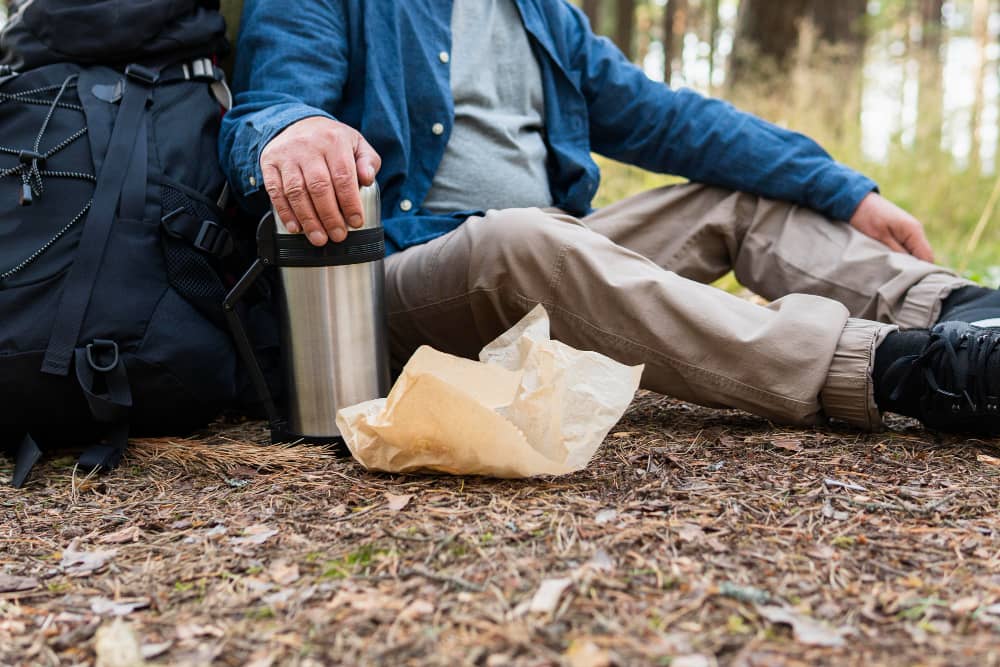
One of the most common mistakes for those facing the Camino for the first time is focusing solely on their luggage: what shoes to wear, how to pack the backpack, how many pairs of socks to include. While all of that is important, there is a deeper preparation —invisible but essential— that is often overlooked: physical and, above all, mental preparation.
Let’s start with the physical aspect. It’s not about training as if you were running a marathon, but rather about getting the body used to daily walking. Walking several days in a row is nothing like going for a casual stroll.
Ideally, you should start at least a month before with routes between 10 and 15 kilometres, three times a week, gradually increasing the distance. If you can do at least a couple of walks with a loaded backpack, even better. This will help you detect discomforts early, try out your actual footwear, and adjust your posture to the weight you will carry.
But just as important —or even more so— is preparing your mind for the emotional ups and downs that will inevitably arise. Visualising what you’re going to experience, accepting that there will be good days and more challenging ones, and having strategies to motivate yourself in low moments can make all the difference.
Something as simple as carrying a notebook to write down how you feel, creating a playlist of motivating songs, or practising mindful breathing when your spirits are low, can help.
Remembering this is key: the Camino is not only walked with your feet, it’s also advanced with your attitude. And that, like your muscles, can also be trained.
The toughest day is usually the fourth: how to face it
Although every pilgrim is different, there is a kind of silent pattern that many repeat without realising: the fourth day is usually the most difficult. At that point, accumulated fatigue starts to make itself felt, emotions intensify, and the body still hasn’t fully adapted. This is what some call the Camino “wall,” and it’s as real as it is surmountable.
Up until that point, initial enthusiasm tends to carry you forward. But by the fourth day, foot pain, small injuries, or simply a lack of energy might make you question whether you’ll be able to continue. If you add a more demanding stage or bad weather, the emotional cocktail can be overwhelming. That’s why anticipation is the best strategy.
One effective way to handle it is to plan that day as a shorter stage, even if it seems easy on paper. Give yourself a few hours of rest, look for accommodation closer by, or allow yourself to walk more slowly. Carrying a small “reward” (a chocolate bar, a motivational note, a special playlist) may seem trivial, but it works as an emotional reminder.
It’s also important to remember that stopping does not mean failing. If you need to take the afternoon off, you’re not betraying the spirit of the Camino. On the contrary: you’re taking care of yourself so you can continue. And the curious thing is that, if you manage to get through that day without giving up, the next day you’ll likely wake up with renewed enthusiasm to walk. Because just after the wall, often comes the best part.
Micro-rituals that will help you keep going
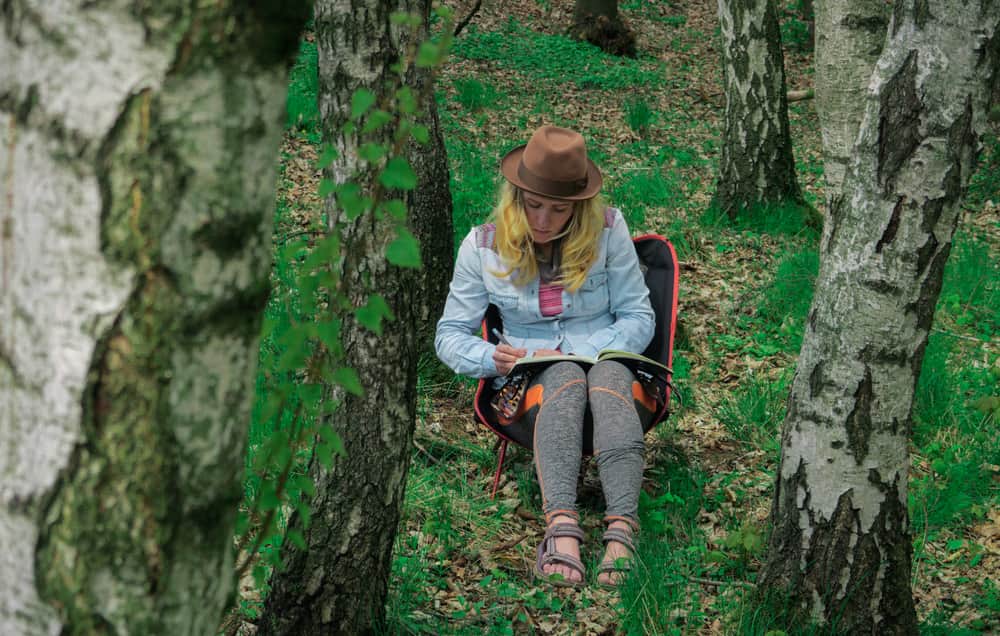
When your energy is running low, what keeps you moving is not always physical endurance, but small habits that connect you with the purpose of your journey. Those daily gestures that, although they may seem insignificant, act as emotional anchors reminding you why you started. And the best part is, everyone can create their own.
One of the most common is stamping your pilgrim’s passport at the end of each stage. Beyond the requirement for obtaining the Compostela, it becomes a kind of closing ritual, as if you were ticking off an internal checklist of your progress. Seeing the stamps accumulate in your passport is a powerful visual motivator, especially when morale wavers.
You can also incorporate personal rewards at the end of each day: a special coffee on a quiet terrace, writing a few lines in your journal, calling someone important, or simply taking a few minutes in silence in front of the landscape. Even repeating a motivational phrase or writing something you’re grateful for can help you refocus the experience.
Surround yourself well: how to find support without relying on anyone
Although many imagine the Camino de Santiago as a solitary journey, the reality is that company can become one of the greatest sources of energy to keep going. This doesn’t mean you must always walk with someone, but it does mean being open to others when you need it, without losing your personal space.
On the Camino, help often comes without asking: a word of encouragement when you least expect it, someone sharing their water, or offering to carry your backpack during a tough stretch. The key is to be receptive to those gestures and not confuse independence with isolation. Asking for support doesn’t make you less of a pilgrim, it makes you human.
It’s also helpful to identify people with similar rhythms. They don’t need to walk by your side all the time, but knowing you’ll meet up at the end of the route in the next town can give you that little sense of peace that stops mental fatigue from winning. Sometimes, even a ten-minute conversation can be enough to reconnect with your motivation.
Learn to listen to your body (and when to stop without giving up)
One of the biggest challenges of the Camino de Santiago is not just keeping on walking, but knowing when it’s best to stop. Many pilgrims, especially first-timers, fall into the trap of pushing their bodies to the limit for fear of “failing” or “not making it.” But in reality, knowing when to stop is one of the smartest ways to get far.
Feeling tired is not the same as developing an injury. Muscle pain at the end of the day is normal; blisters too. But if you feel persistent twinges, joint swelling, or exhaustion that doesn’t go away after resting, it’s time to rethink your stage or even take a day off. Ignoring physical signals will only lead to forced abandonment.
Let us remind you again that taking a break doesn’t mean giving up. You can move forward in other ways: slow down, split the stage in two, or even use transport for a particularly tough stretch. As many veteran pilgrims say, sometimes taking a step back is the only way to keep moving forward.



